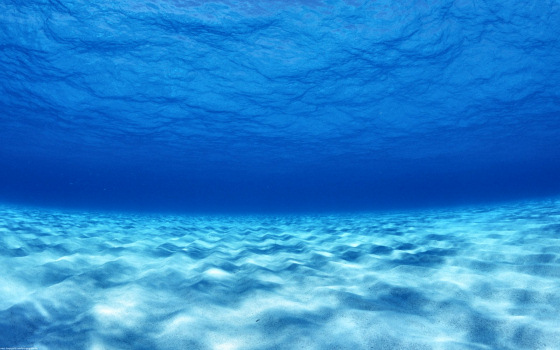Scientists have discovered skyscraper-tall waves breaking deep underwater in the Samoan Passage, South Pacific Ocean.
Known as internal waves, they have been found not on exotic beaches around the world but three miles below the ocean surface.
These underwater waves - which unfortunately can't be surfed - are made of deep, cold, dense water rising into layers of shallower, warmer, lighter water and, therefore, can reach titanic sizes.
"The waves can take an hour to break, and I think most surfers are not going to wait that long for one wave," says Matthew Alford, an oceanographer at the University of Washington.
"Nearly all of the water moving northward along the seafloor in the entire South Pacific Ocean gets funneled through this incredibly narrow slot in this subsea mountain range."
"As water gets squeezed through space, the flow accelerates and gets very energetic, generating huge waves."
Oceanographers will be trying to map out the sources of internal waves all over the world - where they go and where they end up breaking.
